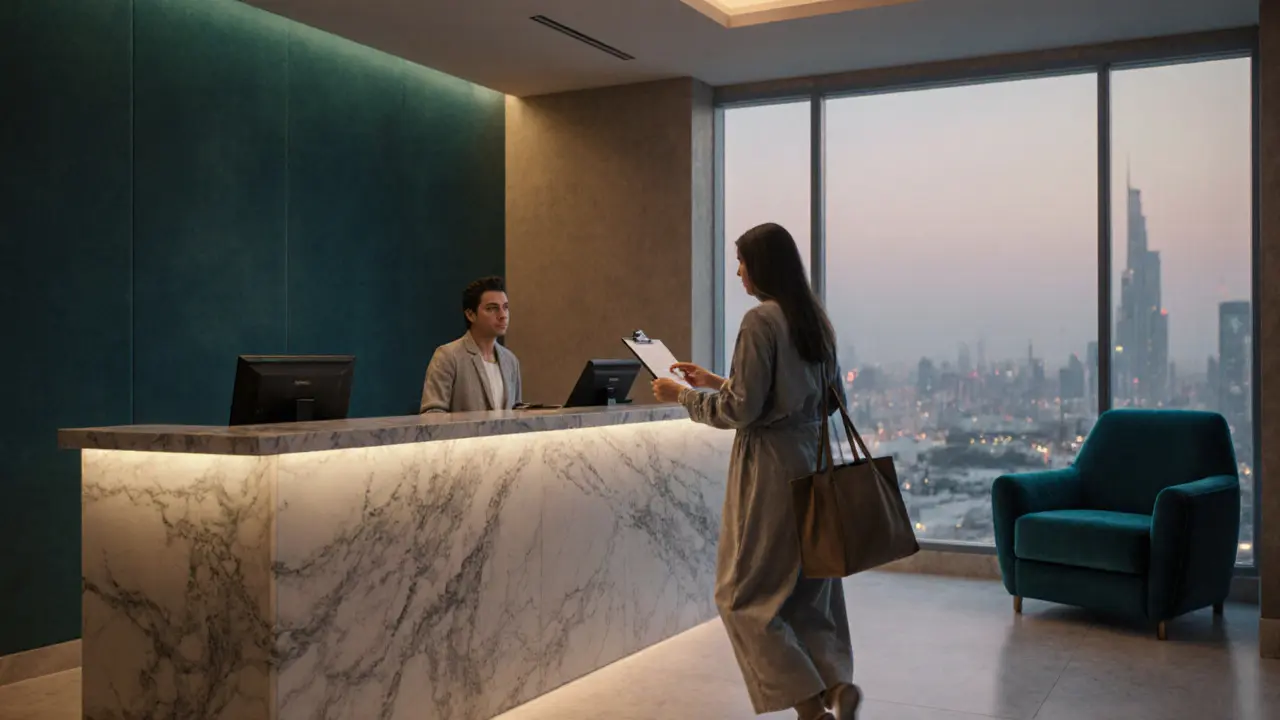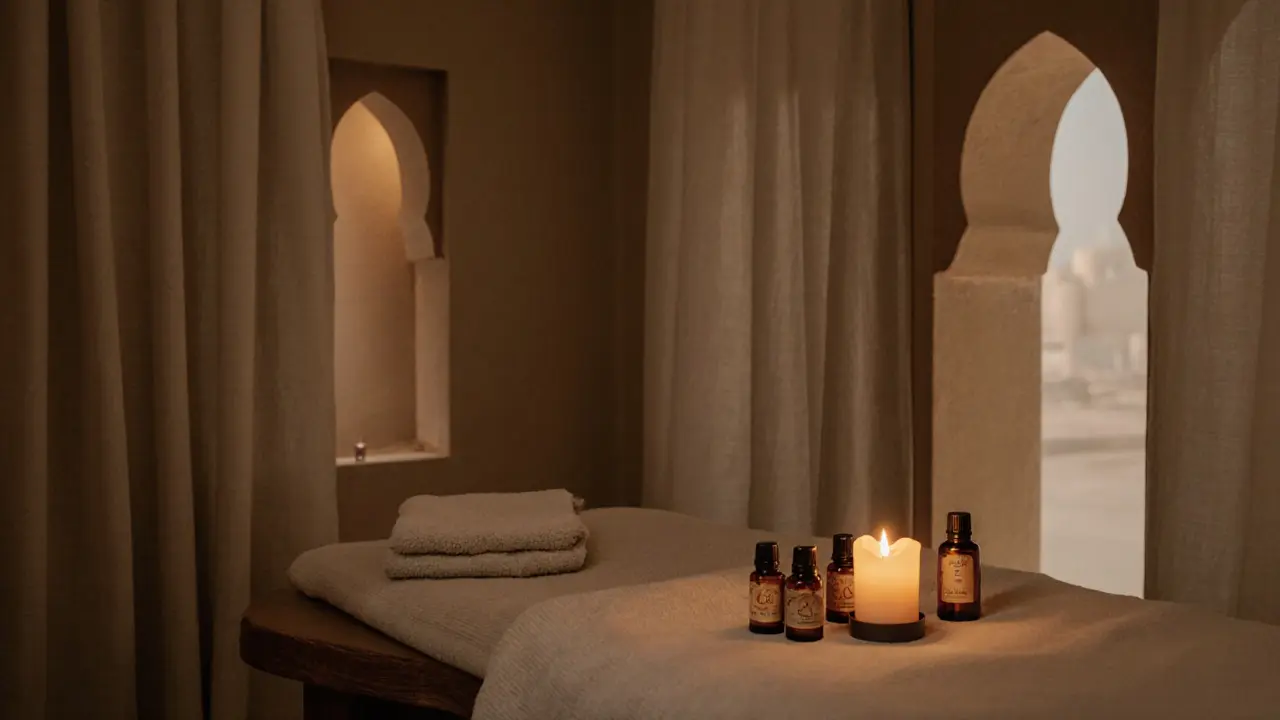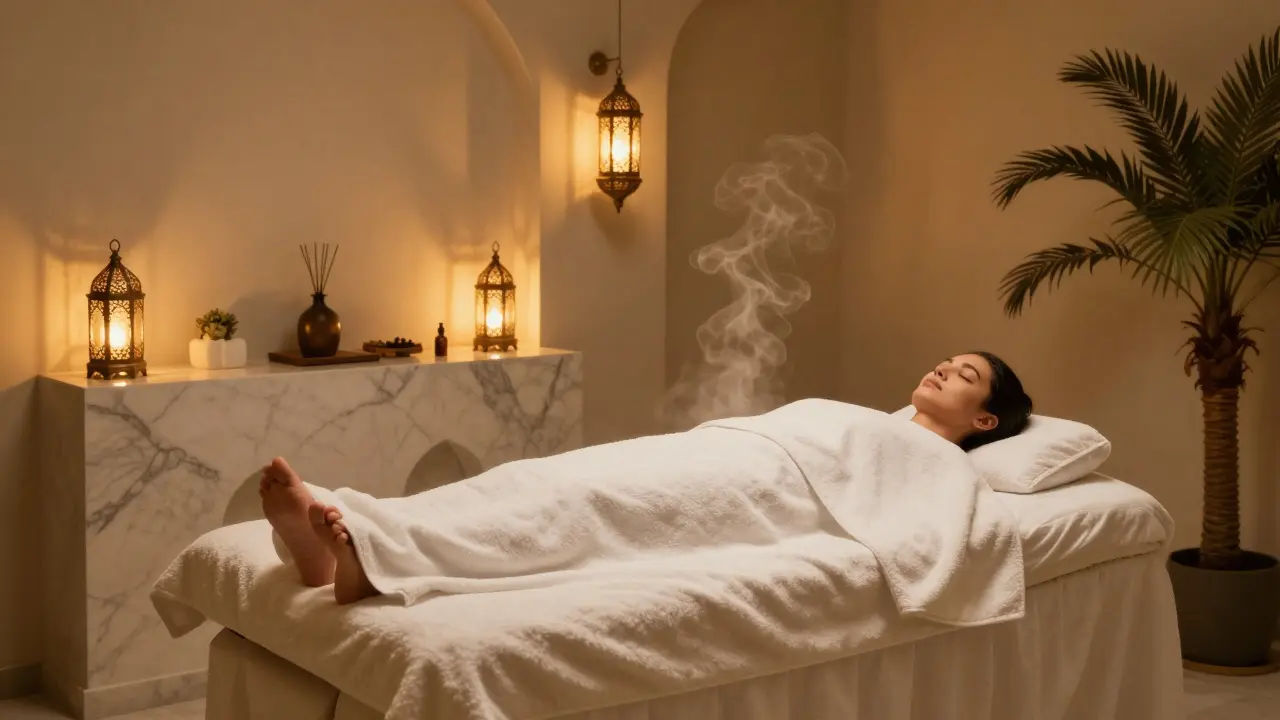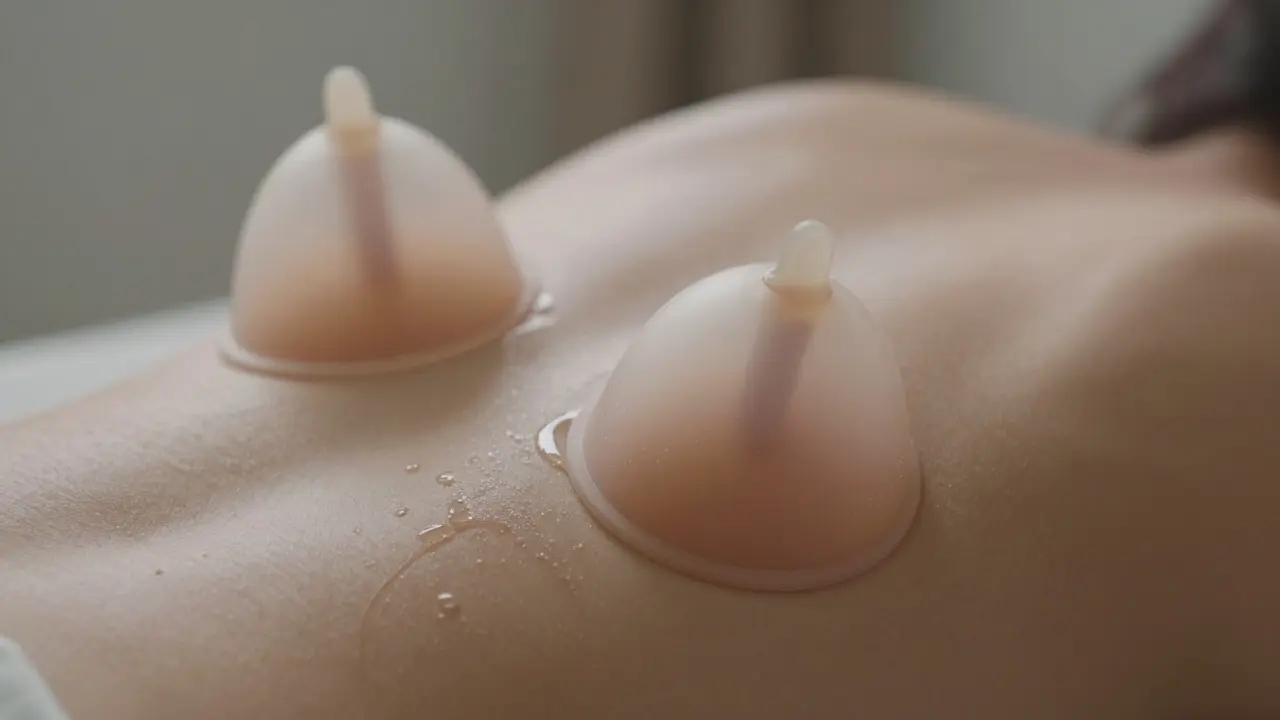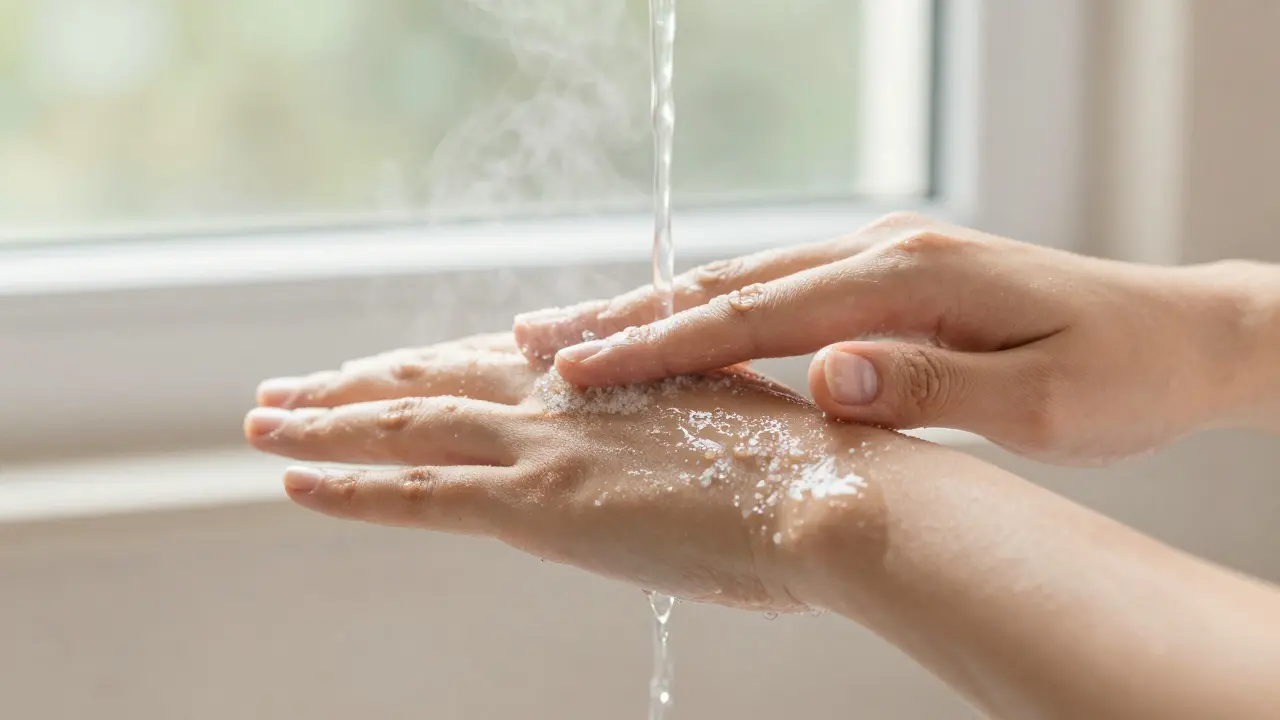Ever walk into a spa, catch the scent of exotic oils, and feel tension melt even before you hit the table? That’s the magic behind an Arabic massage. It’s not just another spa fad from an Instagram reel; it’s a practice with centuries of history across North Africa and the Middle East. Here, relaxation meets tradition right in the artful hands of a skilled therapist. Stories dating back to the era of the pharaohs and sultans tell of specialized massages reserved for royalty, blending aromatic oils, rhythmic motions, and the gentle pangs of steam. Fast forward to today, and people still line up for the experience. The secret? This style doesn’t rush—think long, grounding strokes, heated stones, and an immersive relaxation ritual that feels like a reset button for your whole body.
Roots and Rituals: Where Arabic Massage Began and How It Works
Arabic massage isn’t just a single technique. It sprang from a patchwork of traditions: Moroccan hammams, Egyptian aromatherapy, and influences from Arabic medicine and Ottoman steam baths. It’s known for its deep connection to cleansing and healing—not just physically, but mentally too. The whole thing starts in a special warm room, where steam fills the air—think Roman baths but with jasmine or orange blossom floating on the mist. Every element, from the towel wraps to the choice of oil, has meaning. Olive oil is the classic base, loved for its rich vitamin E and ability to nourish both skin and mood. But don’t be surprised if you find argan, black seed, or rose oil mixed in—each brings unique benefits, whether it’s hydrating, soothing joint pain, or leaving a subtle, lingering scent.
This style of massage truly works with the body. Expect a mix of firm strokes and lighter caresses, always in harmony with your breathing. The therapist will usually begin at your feet and work upward, grounding the energy. Sometimes, herbal pastes—like ghassoul clay—are applied to detoxify the skin, followed by gentle exfoliation with a traditional kese mitt. These steps prime your body for the main event: the massage itself. Therapists use their palms, knuckles, and sometimes even forearms, releasing tension along your back, neck, and shoulders. One fun fact: in classic Arabic spas, the focus is on moving lymph fluid, which helps boost immunity and clear out toxins. Afterward, you’re wrapped in warm towels and given a cup of sweet mint tea—not just for hydration, but to encourage rest and reflection before you rejoin the world outside.
| Key Elements | Purpose/Benefit |
|---|---|
| Steam and Warmth | Opens pores, relaxes muscles, preps skin |
| Olive or Argan Oil | Moisturizes deeply, anti-inflammatory |
| Herbal Scrubs | Detoxifies and exfoliates |
| Deep, Rhythmic Strokes | Improves circulation, reduces tension |
Modern spa centers offering Arabic massage often blend old-school and new techniques. Some places keep it strictly traditional, sticking to ancient recipes for oils and clays, while others fuse in Swedish or Thai methods for a fresh spin. Regardless of the twist, the thing that sets Arabic massage apart is its pacing and mindfulness, plus a sensory overload of smells and sounds. From the way towels are folded to the music softly playing in the background—each detail is tuned for relaxation.
Benefits and Distinctions: Why Arabic Massage Stands Out
What makes Arabic massage unique compared to its Swedish, Thai, or Shiatsu cousins? One big point: it’s as much about ritual as it is about physical technique. People often report that, after an Arabic massage, they feel different not just in their muscles, but in their mindset; it’s like a total reset. The emphasis is on unlocking slow, deep relaxation, not just in the hour you’re on the table, but continuing long after you leave.
Here’s where it shines: the combination of heat, steam, oil, and touch works together to boost blood flow and soften even the most stubborn knots. Research from the International Journal of Massage Therapy noted that clients receiving oil-based deep-tissue massage in heated rooms often experience a longer-lasting reduction in anxiety levels and better sleep quality compared to dry-massage counterparts. Add that to the proven skin benefits from olive or argan oils—rich in antioxidants and proven to support skin elasticity—and you’ve got a beauty treatment alongside body therapy.
- Deep hydration for dry or weather-beaten skin
- Targets stress-induced tension, perfect for modern life overload
- May aid in lymphatic drainage, supporting immune function
- Often incorporates gentle stretching and joint mobility work
- Revives and exfoliates, thanks to clay and salt scrubs
That exfoliation isn’t just for show. Stepping into the real world again after an Arabic massage, people often notice smoother skin, a glow that comes from improved circulation, and even a calmer mood—think post-vacation chill without the beach flight. Plus, there’s the emotional angle that can’t be ignored: rituals inherited over lifetimes help people feel more connected, centered, and cared for. One survey by a major Middle Eastern spa chain reported customer satisfaction rates above 90% for their signature Arabic massage treatment, with guests mentioning both the atmosphere and touch as top highlights.
For folks who are new, here’s a pro tip: always let your therapist know if you have sensitive skin. Natural oils are great, but rare allergies do happen—especially with botanicals like black seed or rare essential oils. Also, Arabic massage is typically done in a semi-private room or enclosed spa area. Don’t expect much talking; these sessions favor quiet, meditative vibes, though a good therapist will always check in to keep you comfortable.

Choosing (and Preparing for) Your Arabic Massage Experience
Thinking of booking your first Arabic massage? A little prep goes a long way. First thing: look for spas that really know their stuff—places with certified therapists trained specifically in traditional Arabic or Moroccan massage methods. You’ll want someone who can talk you through the process, customize oils based on your needs, and show you around the space. Ask if they use natural, cold-pressed oils and avoid synthetic fragrances if you’re sensitive to strong smells. Breathe in: you’re about to relax, but also to connect with a tradition that’s survived wars, monarchies, and generations seeking a slice of zen.
Here’s a step-by-step breakdown of what to expect:
- Arrive early. Give yourself time to, well, unwind. Drink some water or herbal tea, and switch your phone to silent.
- Consult with your therapist. Share any health concerns, allergies, or preferences—it shapes the whole session.
- Start with steam or gentle warming, if your spa offers it. This opens pores and gets your muscles ready.
- Exfoliation (optional). Some places offer an exfoliating scrub with a kese mitt or natural paste, which boosts circulation and skin health.
- The massage proper. Let go. The therapist uses deep, rhythmic movements—sometimes focusing on problem areas, but always aiming for general body balance.
- Post-massage rest and tea. Don’t rush to dress up and leave. Rest, hydrate, and let your body soak up the benefits.
Curious about costs? Arabic massages typically run more than quick-fix treatments, but most people agree it feels like getting a vacation in a single afternoon. Packages at authentic spas sometimes include extra goodies—like a cup of Moroccan mint tea, light local pastries, or even a salt foot soak. That attention to detail is part of the experience, and in my book, worth every cent.
If you can, schedule Arabic massage sessions regularly—monthly is a sweet spot for most. You get the deep relaxation and skin benefits without overdoing it, especially since the richness of these oils can be intense for some skin types. Pro tip: hydrate well both before and after your session, skip perfume or heavy deodorant that day, and dress in loose, comfortable clothing for maximum chill factor.
Ready to try? Find a spot with a real rep for authenticity, trust your senses, and don’t be surprised if you walk out feeling like royalty. Arabic massage isn’t just for pampering—it’s a lived tradition that delivers lasting results.
FAQ
- How long does a typical Arabic massage session last?
Most sessions run between 60 and 90 minutes, allowing enough time for steam, exfoliation, and a full-body massage. - Is Arabic massage suitable for sensitive skin?
Yes, but always inform your therapist in advance, so they can choose the most gentle oils and scrubs. - What oils are commonly used in Arabic massage?
Olive oil is classic, but argan, black seed, and rose oils are also popular for their skin and wellness benefits. - Do I need to prepare anything before my Arabic massage?
Stay hydrated, avoid heavy meals right before, and wear loose clothing for comfort after your treatment. - What’s different about the atmosphere in Arabic massage?
Sessions focus on deep relaxation, scent, and gentle sounds, creating a calm and meditative space you’ll notice right away.


